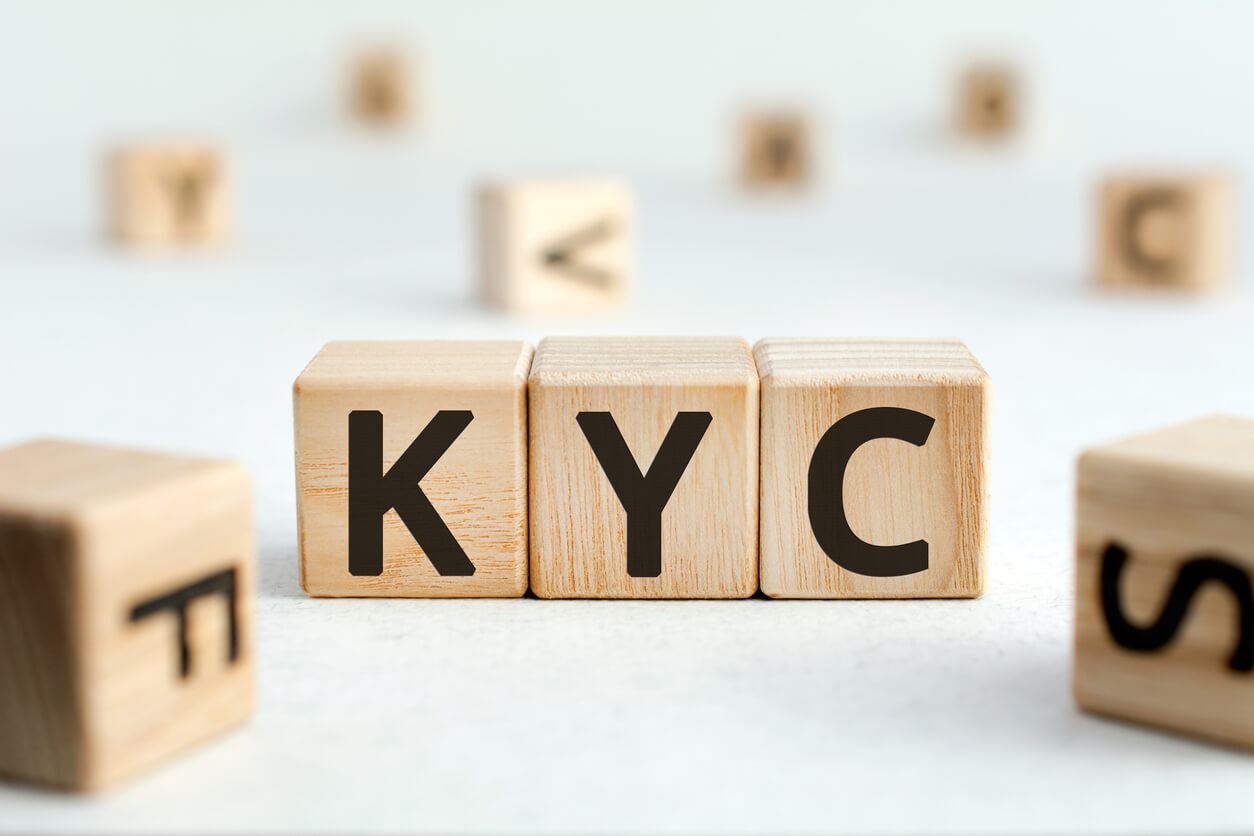Know Your Customer (KYC)
Protect your company from white-collar crime and implement reliable KYC solutions.
Whether age verification for e-commerce or age-restricted content, customer onboarding in financial services or the insurance industry: PXL Vision's end-to-end process offers predefined module configurations for specific KYC use cases.
SECURITY Security and trust instead of fraud
Anonymity and false identities are particularly easy to create in the digital world. With every new customer, companies run the potential risk of them turning out to be deceptive and criminal. Identity fraud, money laundering and terrorist financing are the enemies in the constantly growing digital world.

Know Your Customer
Know Your Customer (KYC) is an identification procedure that helps you to verify the identities of new and existing customers. As part of the due diligence process, KYC serves to prevent criminal activities.
The person behind an identity is not always who they claim to be. In order to verify the legitimacy of new customers and ensure the security of existing customers, KYC must be firmly integrated into the company.

Liability risks in the event of infringement
KYC is already a legal requirement in many industries. Guidelines provide the framework for identity verification and must be strictly adhered to.
The legal basis is provided by:
- Article 8 of the 3rd EU Money Laundering Directive
- 4th EU Money Laundering Directive
- 5. the EU Money Laundering Directive in combination with eIDAS
- 6 EU Money Laundering Directive
- The Money Laundering Act (GwG ) on the basis of 2008
- UK Bribery Act
- UK Modern Slavery Act
- Financial Action Task Force (FATF)
Anti-corruption laws stipulate the appropriate screening and monitoring of business partners. If the KYC guidelines are violated, there is a risk of fines, prison sentences for senior employees, reputational damage and, if the offense is particularly serious, even revocation of the business license.
If your company falls victim to money laundering and identity fraud, this has a significant impact on the trust of existing customers. Serious consequences can then affect your company and lead to unacceptable losses.
PROTECTION Protect your company against fraud
With PXL Vision's identity verification solutions , you can reliably verify your customers. The Auto-Ident process offers you a sustainable and secure KYC solution with many advantages that protects both your company and your customers from fraud:
The requirements for the KYC process vary depending on the industry and can be updated regularly. PXL Vision's Auto-Ident process is always adapted to the current KYC guidelines and enables reliable fraud prevention.
Regardless of location and time, you can verify identities without restrictions - in under 30 seconds. This shortens the entire KYC process to just a few minutes.
Tailored to your individual business requirements, we provide you with unique, user-defined configuration options.
Standardized APIs can be easily integrated into existing IT systems and business processes.
Benefit from our platform-independent solution, which can be easily implemented within a few days.
If customers entrust your company with personal data, it must always be stored and managed securely. Our KYC solution is the ideal platform for simple and secure transfer of customer data.
Strengthen your customers' trust by securely managing their data and benefit from improved data quality, seamless data transfer and simple data management.
What our customers say
"As a national provider of digital identities, we rely on the highest possible standard in terms of security and data protection for identity verification. With PXL Vision, we have full control over the verification process and create the trust we need for SwissID."
"As a national provider of digital identities, we rely on the highest possible standard in terms of security and data protection for identity verification. With PXL Vision, we have full control over the verification process and create the trust we need for SwissID."
/SwisssignLogoNew.png?width=150&height=73&name=SwisssignLogoNew.png)
FAQ about KYC
KYC aims to verify the identity of customers in specific steps, supported by identity verification platforms, which are crucial for regulated financial institutions. This process builds trust between businesses and customers and benefits both by preventing criminal activities such as money laundering through rigorous identity verification and monitoring of customer Behaviour.
Yes, the KYC procedure is mandatory in many industries, especially in the highly regulated financial services sector. The regulations govern the establishment of new client relationships and the ongoing monitoring of existing accounts. Effective KYC practices are paramount for organisations that want to effectively combat money laundering and corruption.
Know Your Customer (KYC) goes beyond compliance and includes the following:
- Preventing fraud and money laundering: strong KYC processes increase confidence in customer identity and protect against identity theft and financial crime, which are costly to resolve.
- Cost savings: Implementing effective KYC/AML protocols can help organisations avoid penalties and fines, especially when automated and digitised.
- Increased customer confidence: Implementing reliable solutions that mitigate risks such as identity theft and fraud boosts customer confidence and ensures secure interactions.
Yes, Know Your Customer (KYC) and Anti-Money Laundering (AML) are increasingly being automated to increase efficiency and ensure compliance. Implementing automation can speed up onboarding processes and ensure continuous monitoring of relevant data. Manual KYC processes come with a number of challenges, including time-consuming data entry, high costs, poor customer experience, regulatory compliance issues, inconsistent workflows and security gaps. These factors are driving the shift towards digitisation and automation to reduce errors, increase security and ensure compliance.
.png?width=126&height=101&name=logo%20(2).png)
.png?width=63&height=51&name=logo%20(6).png)







